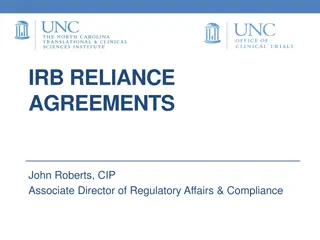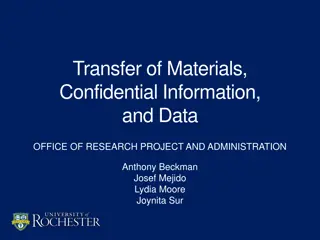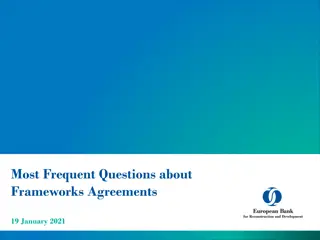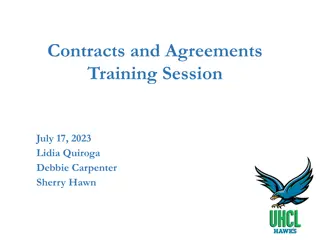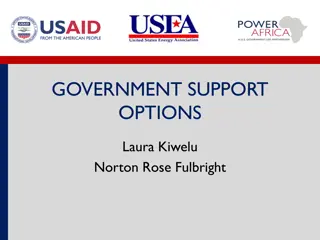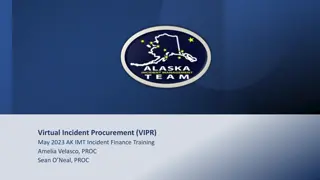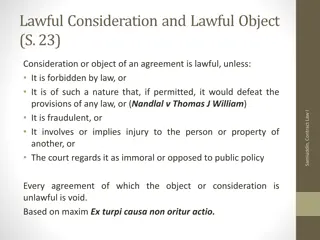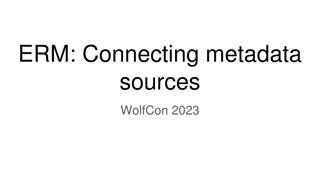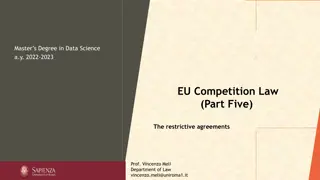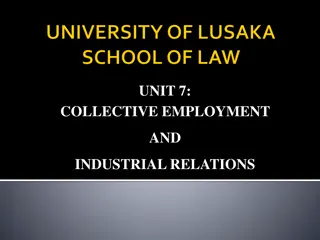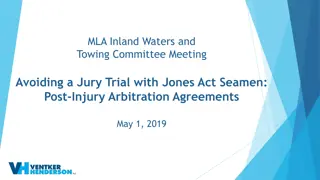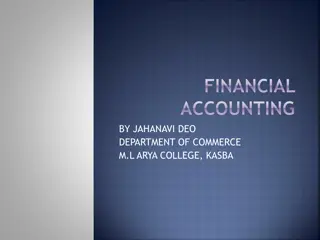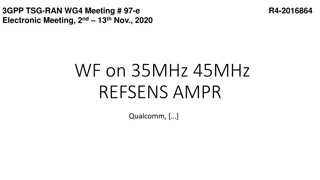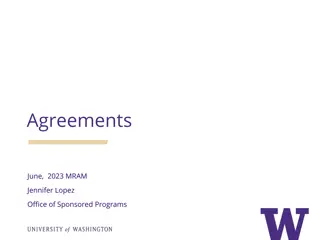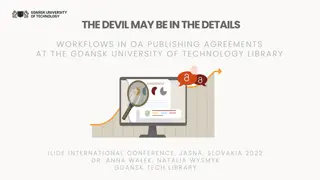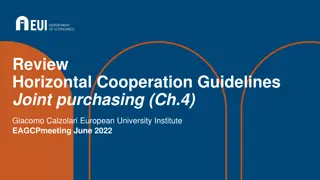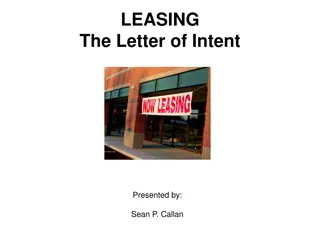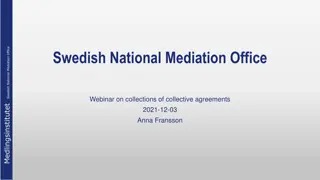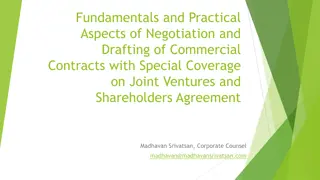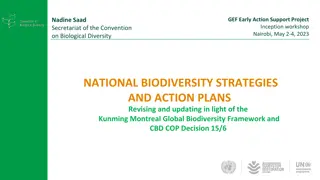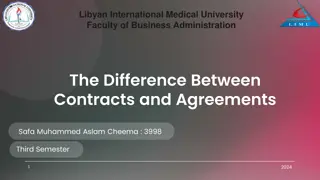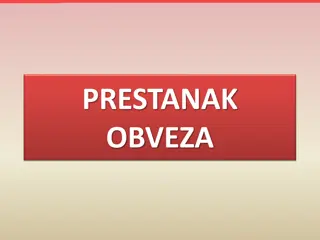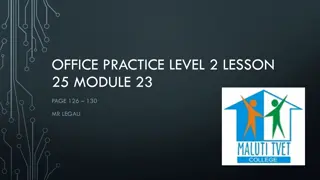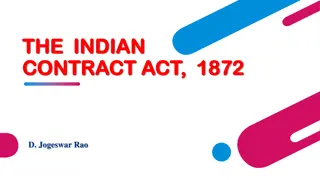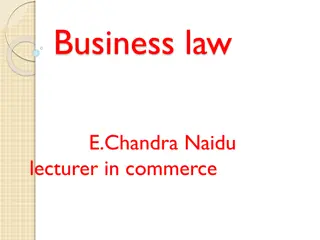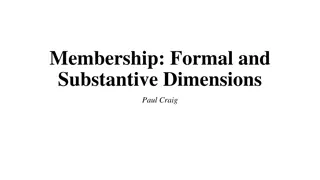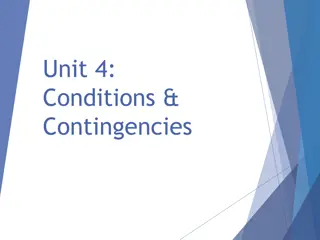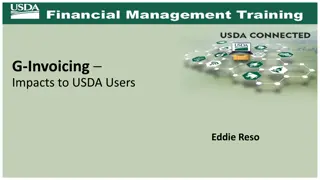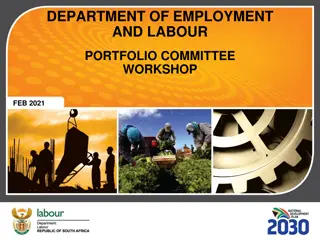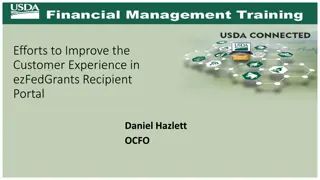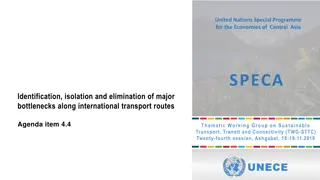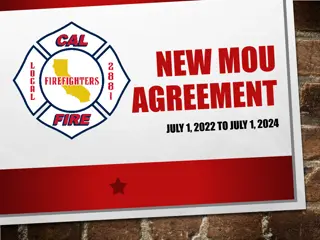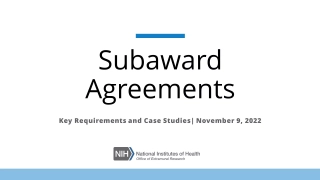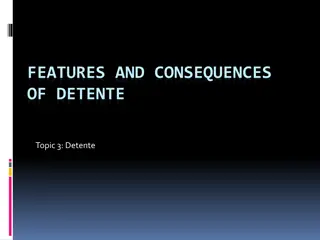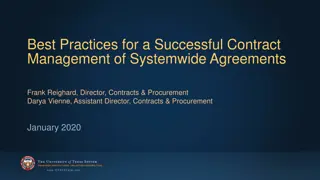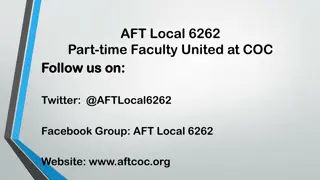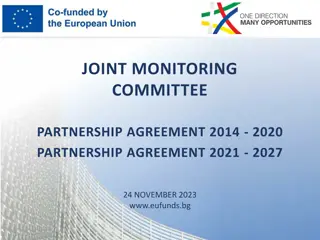Effective Strategies for Memoranda of Understanding and Agreements
Explore the significance of MOUs and MOAs in fostering partnerships and coordinating disaster response efforts with community partners. Learn the key components to include in these agreements, such as defining responsibilities, outlining compliance issues, and establishing collaborative frameworks. Discover the importance of clear communication and cooperation among emergency responders, schools, and facilities support organizations to enhance preparedness and response capabilities.
Download Presentation

Please find below an Image/Link to download the presentation.
The content on the website is provided AS IS for your information and personal use only. It may not be sold, licensed, or shared on other websites without obtaining consent from the author. Download presentation by click this link. If you encounter any issues during the download, it is possible that the publisher has removed the file from their server.
E N D
Presentation Transcript
Memoranda of Understanding/Agreement Presenter Date Conference/Meeting Name
Presentation Overview Today s Agenda Before we begin Purpose of MOUs or MOAs Community Partners MOUs: What to include MOU/MOA updates Conclusion 2
Before we begin Coordination With Community Partners Your school will not experience a disaster alone. Even in the event of a site-specific emergency (e.g., fire or targeted violence) your school will not respond to the emergency by itself. So Ensure you coordinate with your community partners for response. Codify those agreements in writing. 3
Purpose of the Memorandum of Understanding Memorandum of Understanding/Agreement: Why? An MOU is important because it defines the responsibilities of each party. An MOU provides the scope and authority of the agreement. An MOU clarifies terms and outlines compliance issues. 4
Understanding or Agreement? A Memorandum of Agreement is used to cooperatively work together: Each party commits to duties or obligations to the other party, and the parties are bound by the terms of the agreement. A Memorandum of Understanding is: A bilateral statement of the parties positions, interests, and activities or duties. Used to recognize what each party might do. 5
Community Partners Who should YOU include? Emergency responders: Fire. Police. EMS. Partner schools. Facilities or facilities support organizations. 6
MOUs/MOAs: What to Include Lay out exactly what the agreement involves: Introduction: Who is involved and why are they involved. Purpose: What this new combined capability is supposed to accomplish. Scope: Who is involved and at what levels. Definitions: If there are any community- specific definitions or acronyms, define them here. 7
MOUs/MOAs: What to Include (continued) Lay out exactly what the agreement involves: Policy: What circumstances can this agreed upon capability be used? User procedure requirements: What do the participants agree to maintain or provide? Training, material or resources. Maintenance: Who is responsible for maintaining equipment, systems, and licenses? Oversight: Who is responsible for enforcing or carrying out this agreement? 8
MOUs/MOAs: What to Include (continued 2) Lay out exactly what the agreement involves: Responsibility for SOP compliance: Who is responsible for ensuring SOPs are drafted and are applicable; who s responsible to ensure compliance. Updates to the MOU: Who is responsible for modifying or updating the MOU? 9
Updates and Inspections Routinely review and update Don t let your MOU get moldy. Consider: What happens in a few years when ... People change roles. Organizations change addresses. Agencies change rules or policies. 10
What Can You Do? Who should be in the loop? Think of some of the specific disasters you are preparing for. Who will you rely on? Review the sample MOU that has been handed out. Are there any alternate sites you need to coordinate with? 11
Conclusion Federal Emergency Management Agency Resources Department of Homeland Security writing guide for MOUs: https://www.dhs.gov/xlibrary/assets/foia/mgmt_directive_0450% 201_mou_moa.pdf Lesson learned white paper on a community response that resulted in the recommendation to include communication in their MOAs: https://rems.ed.gov/docs/FEMA_ProceduresMOU.pdf 12
End on a Quote! If everyone is thinking alike, then somebody isn t thinking. -George S. Patton (General, US Army) 13


